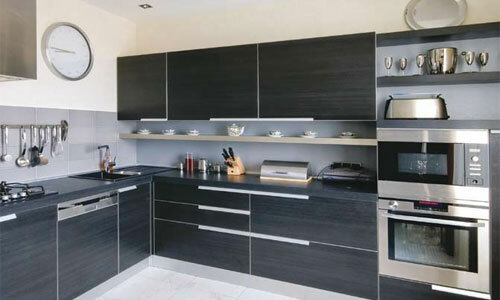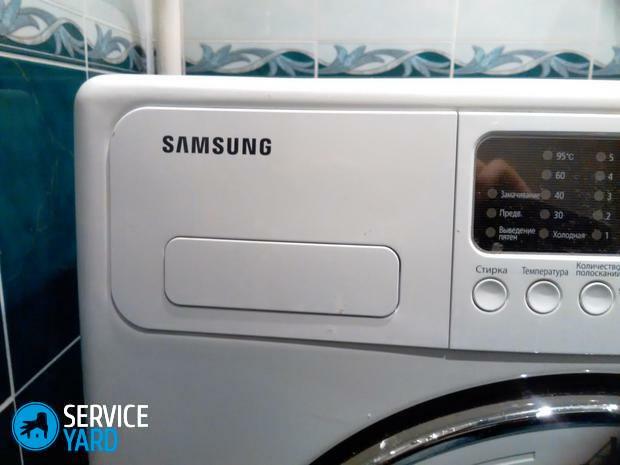CONTENT
- 1 Why measured diagonal inches
- 2 The correct aspect ratio of height to width
- 3 TV sizes depending on the diagonal
- 4 Distance to the TV depending on the diagonals
- 5 transfer rules inches cm
- 6 Calculator translation cm to inches
- 7 How to measure the diagonal TV
- 8 Screen Resolution and its relationship with a diagonal
- 9 Table diagonal TVs in inches and centimeters
Why measured diagonal inches
When the reasonable question what TV diagonal opt for optimal and comfortable viewing, not many people wonder why it is measured by inches.
There are several theories about the origin of this phenomenon, but the closest option can be considered as the truth that following is the English system of measures due to the fact that most of the equipment manufactured by foreign brands. On the territory of the country of origin mark, it adopted a similar metric.
During Soviet times, when domestic produced TV sets, for example, "Birch 61TTS-311D", "gourmet" inches would not take place. The number 61 in the model name denoting the diagonal, but only expressed the usual Russian man centimeters.
NOTE!(Click to see)
In today's world of electronics, this 61 cm corresponding to 24 inches. It's very little, as has already learned to produce PC monitors of similar size, which does not look great or shocking.
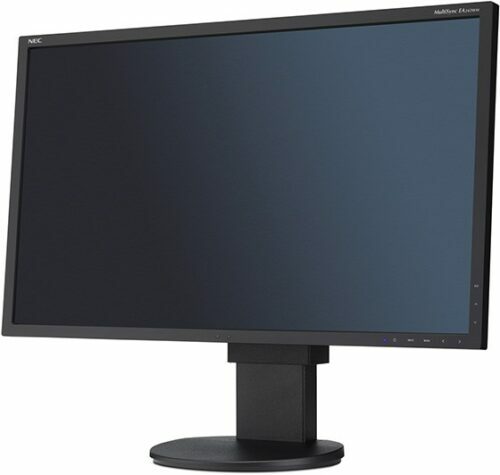
Dimensions was diagonally necessary, since the standard height width ratio and TV enabled with knowledge of this parameter is easy to calculate the dimensions of the art.
Another reason to transition inches as measured is elementary savings. When the diagonal entries apply only one number that specifies dimensions of the art, not the aspect ratio (width and height), which is useful for understanding.

Modern TV and monitors more and more are available with widescreen 16: 9 ratio
The correct aspect ratio of height to width
If earlier, at the beginning of the emergence of flat-panel TVs size ratio, indicating the width and height, was one for every model, modern brand demonstrate evolution.
Now, more and more often you can find numbers such as 4: 3 or 16: 9, on the packaging or transport film printed on the screen.
To understand what lies beneath these designations, and how do they relate to the question of how to find a diagonal of the TV, you want to look at the history.
These figures point to the screen aspect ratio. At the dawn of the industry was used to play content ratio of 1: 1 or a square. It is used exclusively for the picture that allows to orient the frame both horizontally and vertically.
Next, in place of this size it is the ratio of 5: 4, which practically does not differ from the more common aspect ratio of 4 by 3. The essence of this format is that one side of the screen (height) is used for a conventional unit, and the width is tied to it.
NOTE!(Click to see)
The difference between 5: 4 and 4: 3 is exclusively in the resolution of the matrix, but some users felt that the first ratio is better convey geometric shapes. Documentary evidence of this fact no, it's only based on subjective assessment.

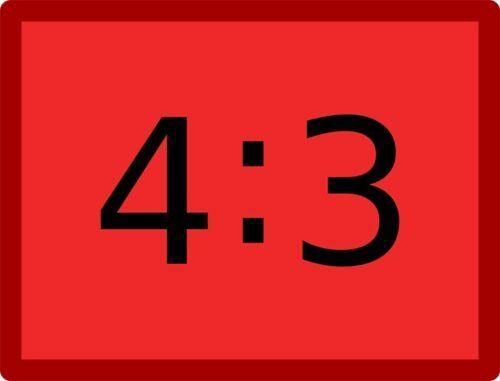
4: 3 - it is almost authentic square, which was used in the early days of television era
4: 3 format for a long time became the official standard analog broadcasting. But with the development of digital television and technology was changing the rules and requirements. Now more and more used the ratio 16: 9 widescreen image. It allows the user to get more pleasure from viewing the movie at the expense of increasing the area of view.
It is interesting that at the same diagonal screen size, but different proportions, dimensions telereceiver will vary. In one case (4: 3), it will be a square, while the proportions of 16: 9 will be extended in length.
Also, increasing the height and width ratio of the parties led to an expansion of viewing angles.
NOTE!(Click to see)
When the decision to replace the standard widescreen TV model to maintain the proportions required to carry out simple calculations: the screen size should be multiplied by 1.22. For example, when replacing a 40-inch TV, which measures 102 cm, at the same need to buy a TV with a diagonal of 49 inches, that will be 127 centimeters.
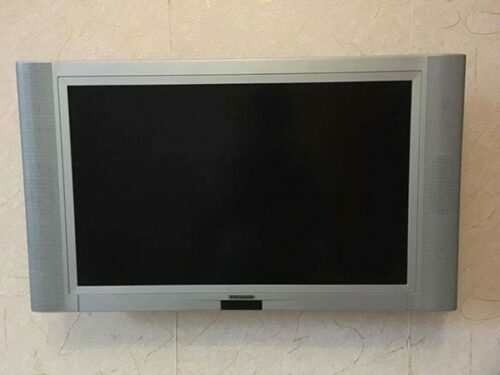
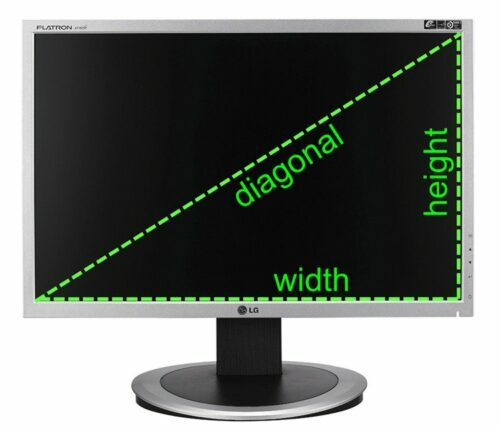
Diagonal is in direct proportion to the physical dimensions of a TV or monitor
TV sizes depending on the diagonal
Modern supermarkets selling electronics offer many televisions of various sizes. Self-definition technology dimensions in a showroom is a challenge. Therefore, the required size of the TV should think more before the shopping.
The main parameters which are taken into account in determining the optimum size, are:
area of the room;
also the choice of the diagonal of the TV depends on the distance for comfortable viewing;
- design features.
Since I find the TV size in centimeters is difficult, as all dimensions are given in English units of length, you must use special table diagonally in inches and TVs centimeters.
For each type of space the best solution is its diagonal
The optimal choice of the type of facilities will be the following size variations:
Kitchen - from 19 to 22 inches;
It can be placed in the bedroom TV with a diagonal of 22 to 26 inches;
- if the TV is planned to be placed in the room, its size can range from 32 to 65 inches.
To understand the spread, we can say that the TV 32 inches - is 81 cm. And how many see the TV, the diagonal equal to 43 inches? Answer? 109. But such models are rare on the market. Manufacturers try to produce even values of the diagonals.
Distance to the TV depending on the diagonals
Distance is defined as the diagonal size. For watching TV, having an aspect ratio of height and width? 4: 3, the best place would be the sofa, located at a distance of 3 to 5 diagonals. For the 16: 9, this figure will be from 2.5 to 3.
What TV diagonal will be optimal for a distance of 3 meters? Proceeding from the above principles, it will be 25 inches.
Another criterion for the choice of the distance? viewing angles. It is believed that peripheral vision is able to capture the image, which is in the range of from 36 to 40 degrees.
Also, please note that some models can be virtually invisible frame around the screen, which will give the TV visually smaller.
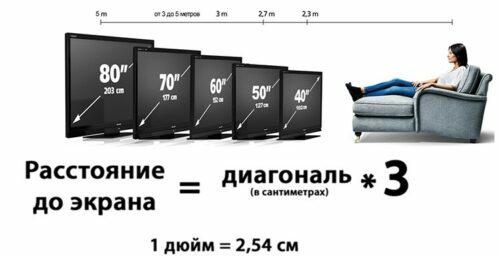
There is generally calculating the distance to the TV, which depends on the diagonal
transfer rules inches cm
Generally, how do you know the diagonal TV screen, it is extremely simple. There is a mathematical equivalent ratio metric units of different systems. Accordingly, the 1 inch equals 2.54 cm. Therefore, for the transfer size indicated by X ", simply perform an action X * 2.54 and receive the desired amount.
Calculator translation cm to inches
On the internet you can find a large number of calculators designed to transfer values. You can use either a universal service for the determination of the desired parameter (eg Yandex), or go to specialized sites, which tell about the choice of TVs.
There will be presented to the calculator is to convert inches to centimeters or vice versa. Also offer similar resources to find out the real TV dimensions (length and width). To 55 inches, for example, these parameters constitute 123 and 72 cm, respectively.
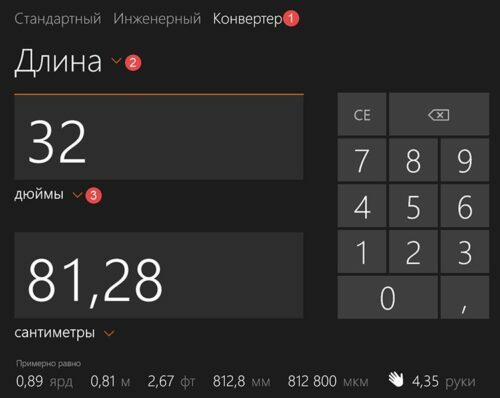
To convert the values you can use a calculator
How to measure the diagonal TV
Too many users when choosing a TV incorrect measurements are taken - they believe that this parameter will be the distance from one corner to the other TV.
In fact there is a simple rule, as measured by the diagonal of the TV. You just need to choose the right reference point. This will be the lower right or the upper left corner and disposed diagonally. Measured directly without external matrix framework.
To select the optimal location for the installation, you should also measure the depth of the TV. Usually, all measurements can be made simple tape measure. But there was not so long ago, the trend in the curved screens makes this impossible. Here rescue tape measure.
Correct measurement is performed diagonally from the bottom corner to the upper only of matrix
Screen Resolution and its relationship with a diagonal
Under the resolution refers to the size of most of the image, which is reproduced on the screen. It is considered to be in pixels. Since the resolution is, the amount which serves to determine the number of elements bitmap a certain area, the rate increase will lead to providing a more accurate representation of the original Images.
Therefore necessary to increase the resolution to the picture is not "floating" in the presence of a large diagonal. For most large format TV 4 has been developedK, or UltraHDWhich gives permission? 3840 to 2160 dpi. Usually TVs having an average size of the screen is used FullHD-resolution. His performance is 1920 by 1080 pixels.
It is enough that the human eye does not distinguish individual grains of pixels or elements of the matrix.
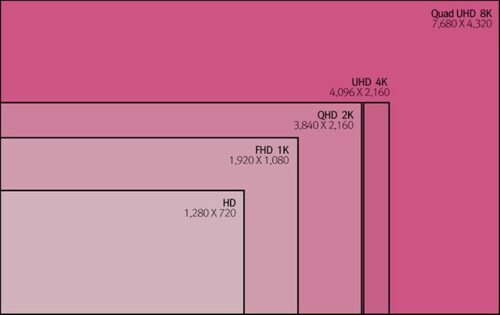
Modern televisions offer a high resolution, providing crisp images
Table diagonal TVs in inches and centimeters
The most common diagonal screen modern TV receivers indicating the actual size in both units are presented in the table below:
| Inch | Centimeter | possible resolution |
| 19 | 48 | 1280 by 720 or 1366 768 |
| 22 | 55 | 1366 768 or 1920 1080 |
| 26 | 66 | |
| 32 | 81 | |
| 37 | 93 | 1920 1080 |
| 40 | 101 | 1920 to 1080 or 3840 to 2160 |
| 42 | 116 | |
| 50 | 127 | |
| 52 | 132 | |
| 55 | 139 | |
| 58 | 147 | |
| 65 | 165 | |
| 75 | 190 | |
| 85 | 215 | 3840 to 2160 or 7680 to 4320 |


